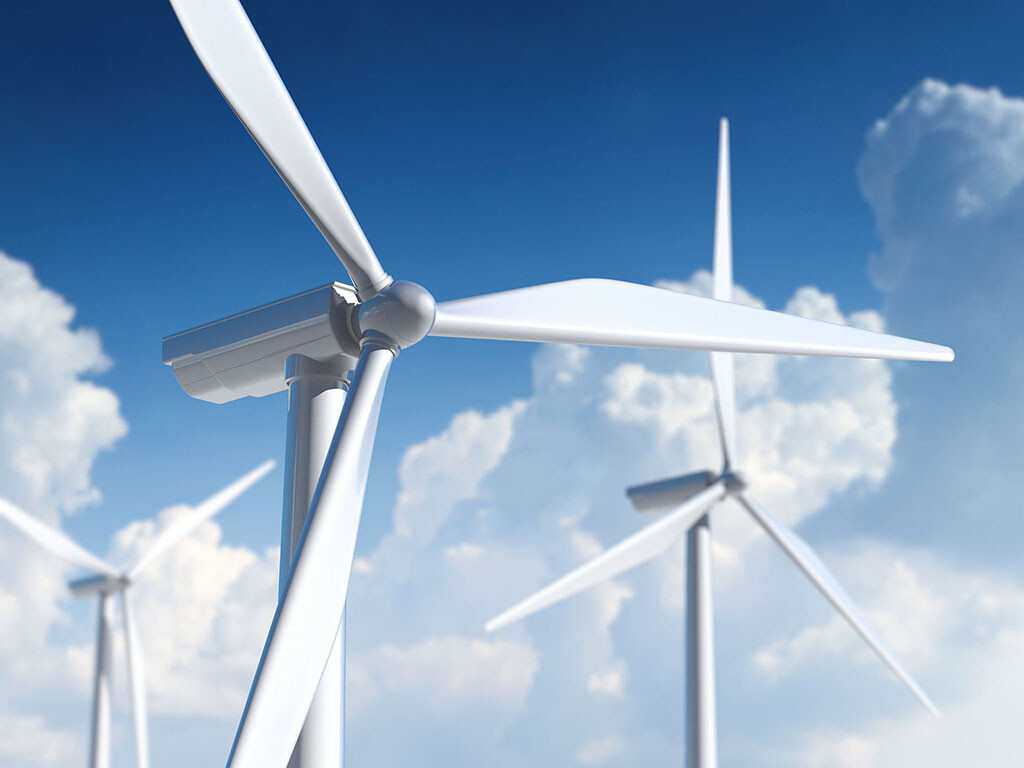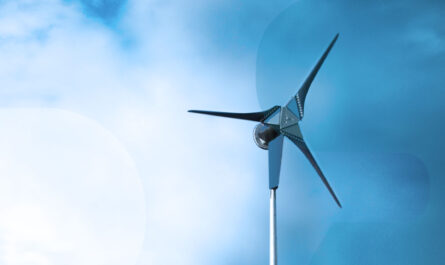Wind turbine blades need periodic inspections to detect defects like cracks, delamination and erosion that may affect turbine performance and safety. Visual inspections of wind turbine blades are conventionally done manually, which is time-consuming and unsafe when done at height. Digital twin technology enables creating a digital replica of wind turbine blades that can be continuously monitored remotely using Internet of Things (IoT) sensors for defects. When defects are detected in the digital twin, on-site inspections can be scheduled selectively. The growing adoption of digital twin technology is expected to drive the demand for specialized wind turbine blade inspection services that integrate IoT monitoring with on-field inspections.
The global wind turbine blade inspection services market offers inspection techniques like visual, ultrasonic, radiography and thermography inspections carried using unmanned aircraft systems, drones, rope access technicians and closed circuit television cameras depending on the location and size of wind turbines. Key application areas include onshore and offshore wind farms.
The global wind turbine blade inspection services market is estimated to be valued at US$ 2,773.55 million in 2023 and is expected to exhibit a CAGR of 14% over the forecast period 2023 to 2030, as highlighted in a new report published by Coherent Market Insights.
Market Dynamics
One of the major drivers for the wind turbine blade inspection services market is the adoption of digital twin technology in wind farms. Digital twins create virtual replicas of wind turbine assets that can be constantly monitored using IoT sensors for defects in real-time. This enables condition-based monitoring and scheduling inspections only when defects are detected virtually in the digital twin first. This makes inspections more efficient by focusing only on turbines that need attention, as opposed to conventional time-based inspections. Costly defects can be preempted, and downtime is reduced as repairs are done preventively instead of during breakdowns. The market is also driven by the increasing number of aging wind turbine populations that need continued life extension through optimal maintenance and repairs. Many wind turbine fleets installed over a decade back will need frequent heavy maintenance inspections and repairs in the coming years to maximize their productive life, driving demand for specialized inspection services.
Segment Analysis
The global wind turbine blade inspection services market can be segmented into visual inspection, ultrasonic inspection, radiographic inspection, thermographic inspection, and aerial inspection. Among these, the visual inspection segment dominates the market and accounts for over 30% share. This is because visual inspection helps detect surface flaws and damages in the blades easily at periodic intervals without stopping turbine operations. It also involves minimal downtime and equipment cost compared to other inspection techniques.
PEST Analysis
Political: Governments across the world are promoting the installation of wind turbines through incentives and policies to increase the share of renewable energy. This is positively impacting the demand for blade inspection services.
Economic: As wind energy is a capital intensive sector, the high initial investment associated with installation and maintenance of wind farms drives the need for regular condition monitoring via inspection. This presents an opportunity for service providers.
Social: Growing awareness about environment protection and focus on reducing carbon footprint is encouraging utilities to opt for clean sources of energy like wind. This is boosting investments in wind farms.
Technological: Advancements in drone technologies, thermography cameras, and ultrasonic inspection equipment allow capture of blade images effectively from different angles with enhanced accuracy. This is helping inspectors identify flaws more precisely.
Key Takeaways
The Global Wind Turbine Blade Inspection Services Market Growth is expected to witness high at a CAGR of 14% during the forecast period of 2023 to 2030. The global Wind Turbine Blade Inspection Services Market is estimated to be valued at US$ 2773.55 Mn in 2023 and is expected to exhibit a CAGR of 14% over the forecast period 2023 to 2030.
Regional analysis indicates North America currently leads the market and is expected to maintain its dominance owing to presence of many wind farm projects and supportive policies for renewable energy across USA and Canada.
Key players operating in the wind turbine blade inspection services market are Bio-Rad Laboratories, 10x Genomics, Novogene, Fluidigm, BGI, Illumina, Inc., Oxford Nanopore Technologies, Pacific Biosciences, Thermo Fisher Scientific, Inc., and QIAGEN.
*Note:
1. Source: Coherent Market Insights, Public sources, Desk research
2. We have leveraged AI tools to mine information and compile it




